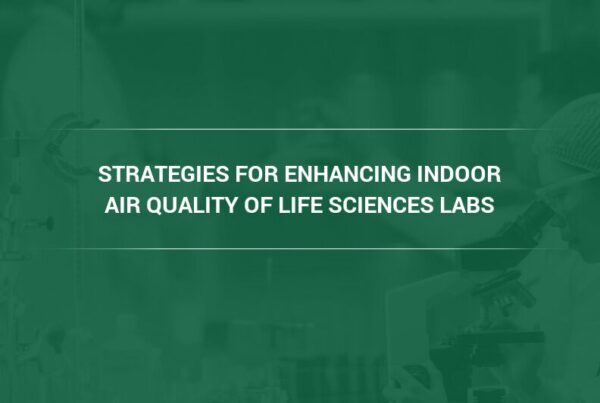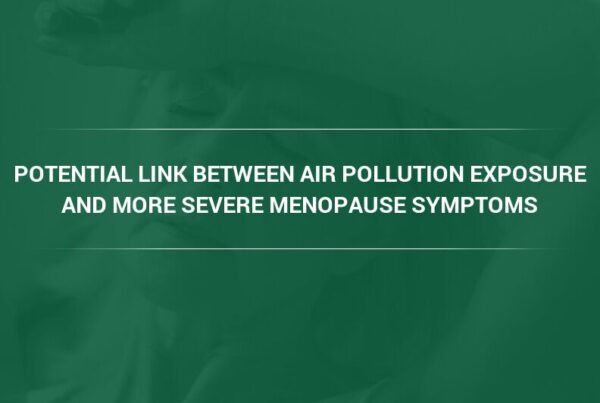Indoor air quality has become a major health issue throughout the world as rising levels of outdoor air pollution continue to make the air inside homes and facilities toxic. That’s why it’s so important for you to understand how air quality at the mall can affect your overall well being because what you don’t know could cause health issues in the future.
“The problem occurs when polluted outside air infiltrates the ventilation system of a mall,” stated Camfil’s Charlie Seyffer, Manager of Marketing & Technical Materials and 37-year ASHRAE member and active committee participant. “These are pollutants such as dust, smoke, and pollen, and they can cause a variety of respiratory problems if that mall is not equipped with commercial air filters that can eliminate these harmful particulates from the air.”
Causes of Poor Air Quality At the Mall
Per an article posted on the Environmental Pollution Centers website, (1) there are several common causes of pollution inside the average mall:
Dry Cleaning – Thousands of malls feature dry cleaning shops, and these facilities often utilize strong chemicals and solvents to clean clothes.
Paint/Home Goods Stores – Many malls also contain paint shops and home good stores that store products made from powerful chemicals. These chemicals can often produce what are known as volatile organic compounds (VOCs), harmful particulates that have been linked to a number of respiratory problems.
Fast Food Kiosks – Food courts have become popular at many malls, and while they provide convenient dining for mall visitors, they can also be a significant source of pollution. This is especially true of kiosks that utilize high-heat frying or broiling, open cooking stoves and barbecuing. In fact, according to a report by the American Chemical Society (ACS), a study found that (2) “for every 1,000 pounds of hamburger cooked on conveyor broilers, 25 pounds of emissions are created.”
Traffic – Studies have found that the air inside a facility such as a shopping mall can be as many as 10 times worse than the air outdoors. And that’s important to remember when you consider the amount of pollution generated by traffic outside a mall. That pollution is also made worse by the number of cars that idle in parking lots outside malls, which release large amounts of toxic exhaust
Revealing Air Quality Study Conducted At Hong Kong Malls
A study by Hong Kong researchers of nine shopping malls found some interesting results.
Per the report published in The Science of the Total Environment journal, (3) all of the nine malls in the study showed significant concentrations of carbon dioxide, carbon monoxide, hydrocarbons, formaldehyde, respiratory particulate matter – also known as PM10, and various strains of bacteria.
In addition, “more than 40% of the shopping malls had 1-h average CO2 levels above the 1000 ppm of the ASHRAE standard on both weekdays and weekends. Also, they had average weekday PM10 concentrations that exceeded the Hong Kong Indoor Air Quality Objective.”
The reference to PM10 is the most important aspect of the report, so here’s a brief primer so that you can understand the dangers of PM10.
Per an article on the AirNow website, particulate matter (PM) is defined as a (4) “mixture of solids and liquid droplets floating in the air.”
PM10 is defined as any pollutants that are between 2.5 micrometers and 10 micrometers in diameter. They include common particulates such as dust, pollen, and mold.
They are considered harmful because they can lodge in the lungs and lead to respiratory problems.
To provide you with some perspective, 10 micrometers is smaller than the width of a single strand of human hair.
PM2.5 are defined as any pollutants that are 2.5 micrometers or smaller in diameter, and they are so small that they can only be detected with a microscope. They include pollutants created by combustible processes such as motor vehicle exhaust, smoke from power plants and wood burning.
Both PM 2.5 and PM 10 were identified as shopping mall pollutants in the Hong Kong study, and that is concerning because people with a history of heart disease or lung problems are particularly vulnerable to these particulates.
In addition, PM2.5 and PM10 are also dangerous to children and the elderly, because these groups tend to have immune systems that are not fully developed or immune systems that have grown weak to due to aging.
Common health effects of these particulates include eye, nose and throat irritation, tightness of the chest, shortness of breath, coughing, compromised lung function, asthma, heart attack and even early death for people with existing heart and lung issues.
So here’s the takeaway from all this: be more aware.
The next time you’re in a shopping mall, you’ll probably pay more attention to that barbecue spot at the food court, or to the ventilation system.
Knowing the potential dangers can help you understand the importance of air filtration for everyday living.
Clean Air Solutions
Although there are many commercial filtration companies out there, Camfil is the leader in indoor air quality for malls and shopping centers. Please visit our site to learn more about air filter products for shopping malls.
SOURCES
- https://www.environmentalpollutioncenters.org/shopping-mall/
- https://www.acs.org/content/acs/en/pressroom/newsreleases/2010/march/commercial-cooking-elevates-hazardous-pollutants-in-the-environment.html
- http://www.zn903.com/cesclee/papers/I-8.pdf
- https://www.airnow.gov/index.cfm?action=aqibasics.particle



